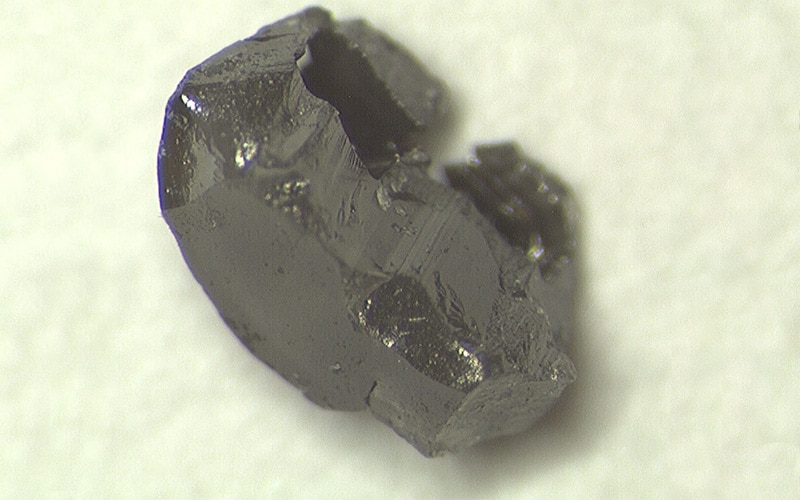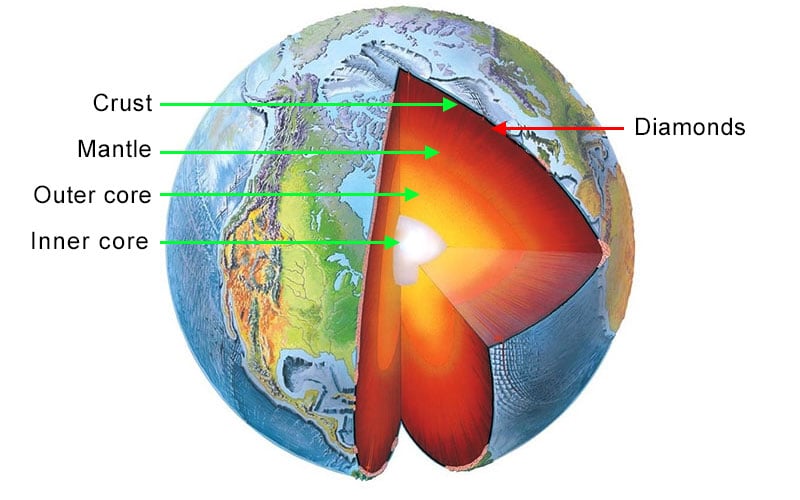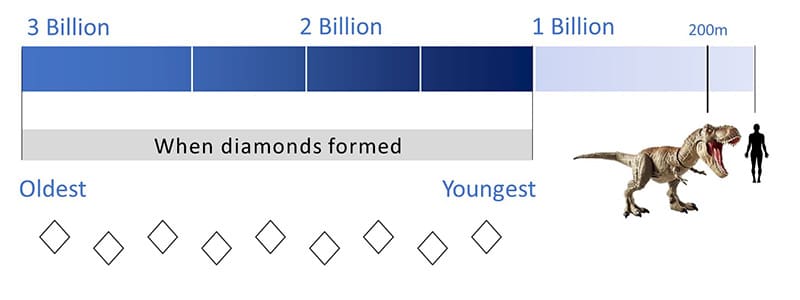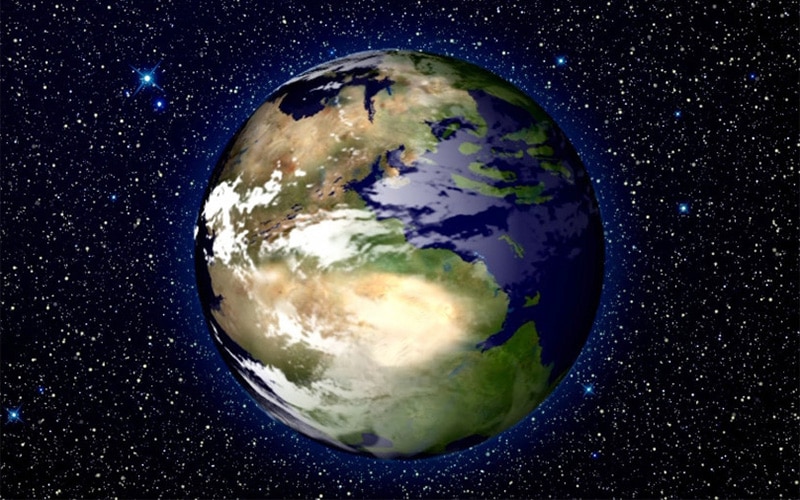Ancient diamonds reveal that Earth was ready to explode with life as early as 2.7 billion years ago, according to a study presented at last week’s Goldschmidt Geochemistry conference. Researchers from the University of Lorraine, France, released gas from diamonds dating back to the neoarchean era and found it was similar to that of Earth’s atmosphere today.

Gases and Life
In planetary science, ‘volatiles’ include the group of chemical compounds which can be readily vaporized due to heat or pressure changes, as opposed to those which resist heat and pressure, called refractory. Volatiles are needed to support life, especially the chemicals carbon and nitrogen. A planet rich in volatiles generally has a better chance of developing and sustaining life. This is why human exploration of space on exoplanets surrounding other stars has largely focused on finding volatiles.
Ancient Time Capsules
For this study the research team, let by Dr. Michael Broadly, used fibrous diamonds trapped in 2.7 billion year old rock from Wawa, on Lake Superior in Canada. They heated the diamonds to 2,000°C (3,632°F), converting them to graphite, which released measurable quantities of gas. The team found that isotopes of argon, helium and neon in the released gases were present in similar proportions to those found in the upper mantle today, meaning that Earth’s volatile content is likely to have remained stable since the diamonds formed. According to Dr. Broadly:
The constant churning of the Earth’s crust via plate tectonics means that older samples have mostly been destroyed. Diamonds however, are comparatively indestructible, they’re ideal time capsules… The proportion and make-up of volatiles in the atmosphere reflects that found in the mantle, and we have no evidence of a significant change since these diamonds were formed 2.7 billion years ago.

Broadly noted that diamonds were extremely useful for this purpose. Samples conveyed to the surface by volcanic activity can originate from as deep in the mantle as 30 kilometers (18.6 miles). Alternately, the farthest humans have artificially penetrated the earth is just over 12 kilometers (7.5 miles) at a diameter of 23 centimeters (9 inches).
Precious Gems
Even the youngest diamonds are older than dinosaurs. Those studied by the research team at the University of Lorraine were approximately half as old as the age of the Earth, circa 4.5 billion years. The oldest diamonds extracted date back as far as 3.5 billion years.

While priceless to science, the gemstones Dr. Broadly and team used would not be considered to have gem-quality. They are anything but colorless, flawless and transparent. In fact, when it comes to such studies, the more opaque and flawed the better. Geochemists prefer fibrous diamonds, packed full of inclusions.
The average person may not even recognize them as diamonds but such stones, often used for industrial purposes, have the same “forever” proposition as natural gem-quality proposal diamonds.




